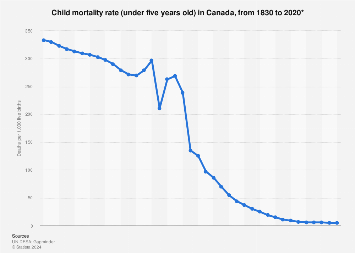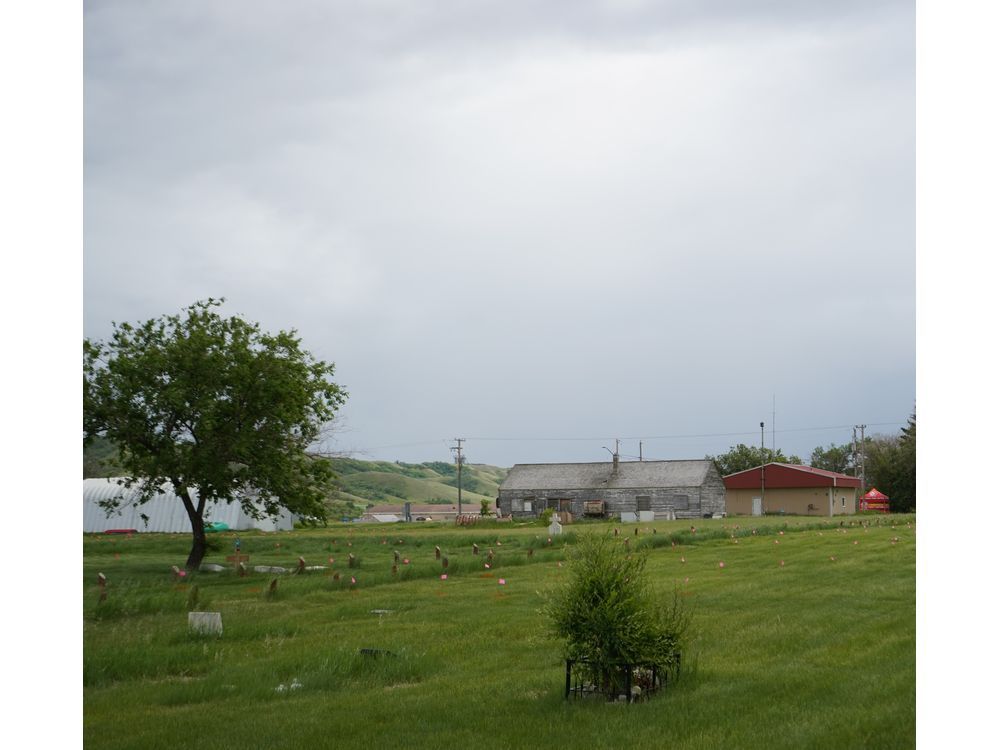The remains of 751 people, mainly Indigenous children, were discovered at the site of a former school in the province of Saskatchewan, a Canadian Indigenous group said on Thursday, jolting a nation grappling with generations of widespread and systematic abuse of Indigenous people.
The discovery, the largest one to date, came weeks after the remains of 215 children were found in unmarked graves on the grounds of another former boarding school in British Columbia.
Both schools were part of a system that took Indigenous children in the country from their families over a period of about 113 years, sometimes by force, and housed them in boarding schools, where they were prohibited from speaking their languages.
A national Truth and Reconciliation Commission, established in 2008 to investigate, expose and document the history and consequences of the residential schools, called the practice “cultural genocide.” Many children never returned home, and their families were given only vague explanations of their fates, or none at all. Canada had about 150 residential schools and an estimated 150,000 Indigenous children passed through the schools between their opening, around 1883, and their closing in 1996.
It is unclear how the children died at the church-run schools, which were buffeted by disease outbreaks a century ago, and where children faced sexual, physical and emotional abuse and violence. Some former students of the schools have described the bodies of infants born to girls impregnated by priests and monks being incinerated.
The commission estimated that about 4,100 children went missing nationwide from the schools. But an Indigenous former judge who led the commission, Murray Sinclair, said in an email this month that he now believed the number was “well beyond 10,000.”
The discovery in Saskatchewan was made by the Cowessess First Nation at the Marieval Indian Residential School, about 87 miles from the provincial capital, Regina.
“There was always talk and speculation and stories, but to see this number — it’s a pretty significant number,” said Bobby Cameron, the chief of the Federation of Sovereign Indigenous Nations, the provincial federation of Indigenous groups. “It’s going to be difficult and painful and heartbreaking.” He added: “This is what the Catholic Church in Canada and the government of Canada of the day forced on our children.”
For Canada’s 1.7 million Indigenous citizens, who make up about 4.9 percent of the population, the discovery is a visceral reminder of centuries of discrimination and abuse, which has led to intergenerational trauma among survivors of residential schools and their families.
It is also a powerful vindication of their testimonies. While the recent findings have intensified attention to the issue, Indigenous people had been suggesting for decades through their oral histories that thousands of children had disappeared from the schools, but had often been met with skepticism. “There’s no denying this: All of the stories told by our survivors are true,” Chief Cameron said.
The latest findings are likely to deepen the nation’s debate over its history of exploiting Indigenous people and refocus attention on the horrors of the schools, a stain in the history of Canada, a country which has often been perceived, fairly or not, as a bastion of progressivism and multiculturalism.
In September 2017, Prime Minister Justin Trudeau acknowledged the nation’s past “humiliation, neglect and abuse” of Indigenous people, and vowed in a speech at the United Nations General Assembly to improve the lives of the country’s Indigenous people. The latest discoveries will add pressure for him to accelerate those efforts, which many Indigenous people complain have fallen short.
When Mr. Trudeau took office in 2015, he made the national Truth and Reconciliation Commission’s 94 recommendations a top priority. But progress has been slow, in part because some of them are beyond the federal government’s control. The Indian Act, a collection of laws dating back to the 19th century that govern the lives of Indigenous people, also remains in place despite Mr. Trudeau’s promises to move it into a new system under their control. Chief Cameron and several other Indigenous leaders say that they hope the discovery of the children’s remains will accelerate the process.
The remains of the 215 children were discovered at the Kamloops Indian Residential School in British Columbia through the use of ground-penetrating radar. Much like an M.R.I. scan of the body, the technology produces images of anomalies in the soil.
An official at the Federation of Sovereign Indigenous Nations said the latest analysis, which relied on the same technology, began about three weeks ago, not long after the announcement of preliminary findings about the Kamloops school by Tk’emlúps te Secwépemc First Nation.
The search at the Kamloops school is continuing, and the First Nation leaders said that they expected the count to rise further.
When the commission tried to look into the question of missing Indigenous children, the Conservative government at the time turned down its request for money to finance searches. Since the Kamloops discovery at the end of May, several Canadian governments have offered to pay for searches.
On Tuesday, the federal government announced that it would provide just under 4.9 million Canadian dollars (about $3.9 million) to Indigenous communities in Saskatchewan to search for graves. The provincial government previously committed 2 million Canadian dollars ($1.6 million).
In a statement, Scott Moe, the premier of Saskatchewan, predicted that the remains of more children would be found elsewhere. “Sadly, other Saskatchewan First Nations will experience the same shock and despair as the search for graves continues,” he wrote.
Like Kamloops, the Marieval school, which opened in 1899, was operated for most of its history by the Roman Catholic Church for the government of Canada. A marked cemetery still exists on the grounds of the school, which closed in 1997 and was subsequently demolished. The commission, relying on testimony from former students and archival materials, listed the Marieval school as a likely site for unmarked graves.
The commission called for a papal apology for the role of the church, which operated about 70 percent of the schools. (The rest were run by Protestant denominations.) But despite a personal appeal from Mr. Trudeau to the Vatican, Pope Francis has still not taken that step. By contrast, the leadership of the United Church of Canada, the country’s largest Protestant denomination, apologized in 1986 for its role in running the schools.
Former students of the Saskatchewan residential schools were particularly active in litigation against the government, resulting in financial settlements and the establishment of the commission, which heard testimony from more than 6,700 witnesses over six years.
Since the Kamloops announcement, Chief Cameron said, he has been traveling around the province, where farming and mining are major industries, looking at former school sites.
“You can see with your plain eye the indent of the ground where these bodies are to be found,” he said of some locations. “These children are sitting there, waiting to be found.”


